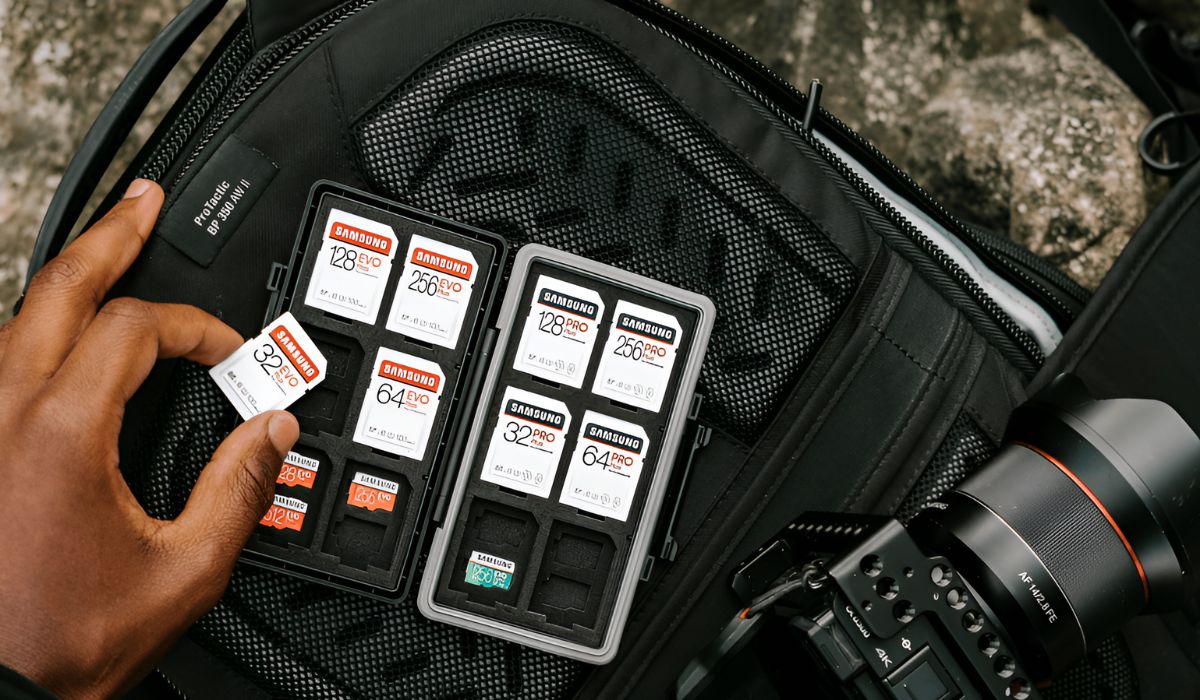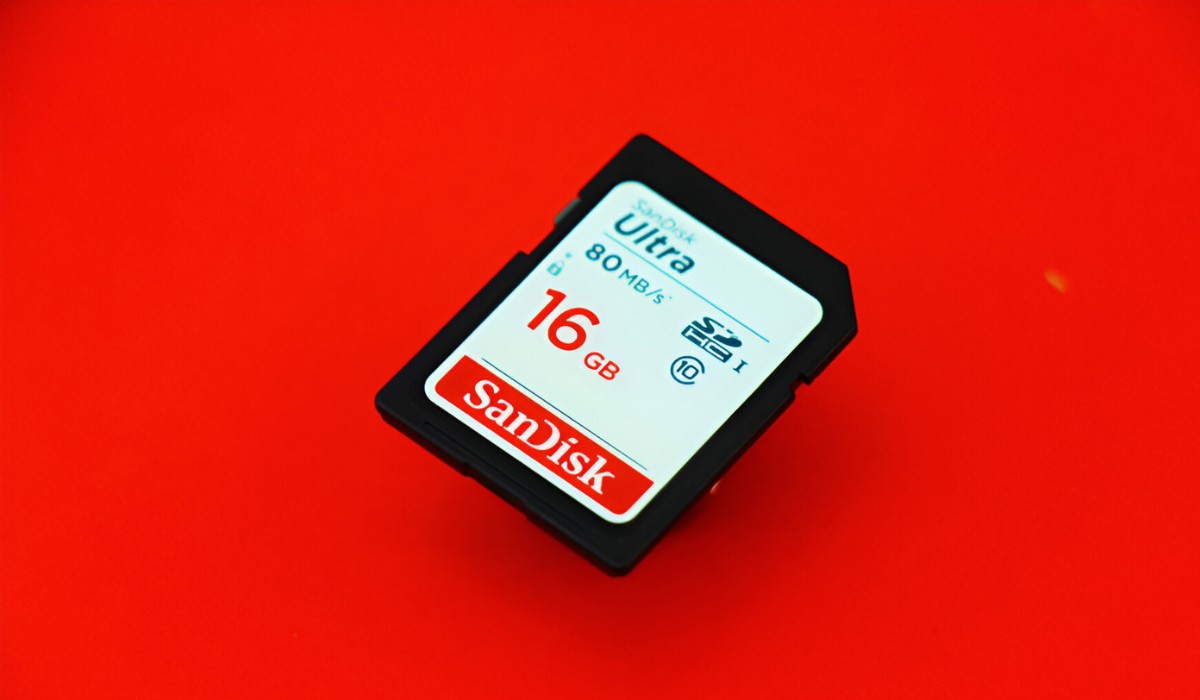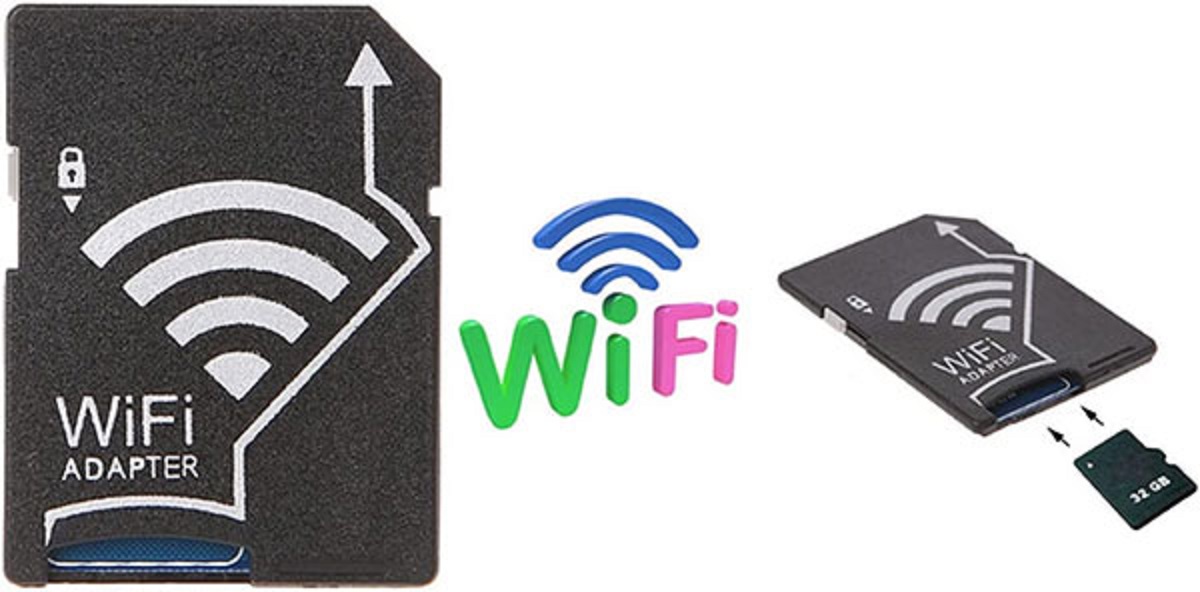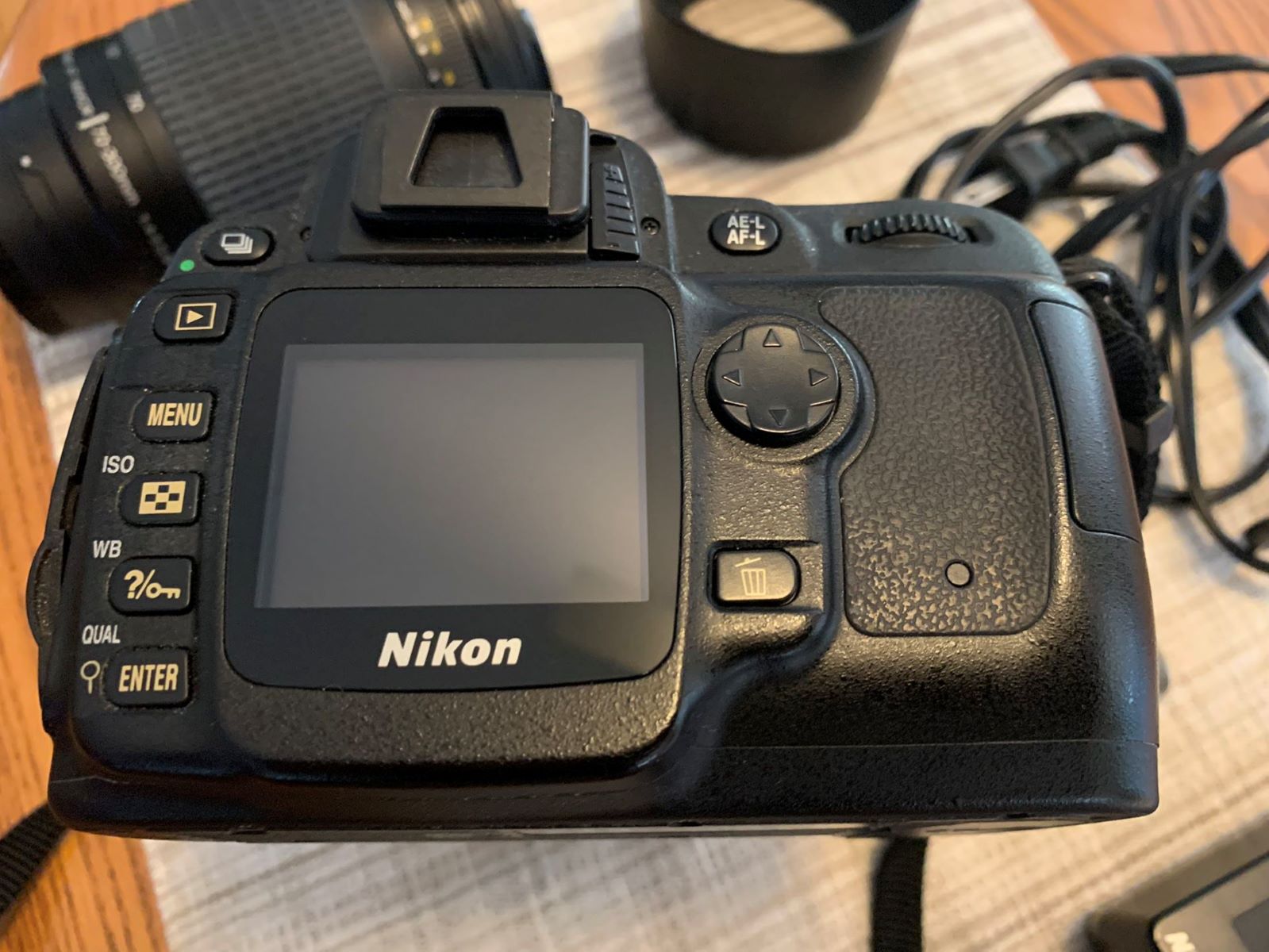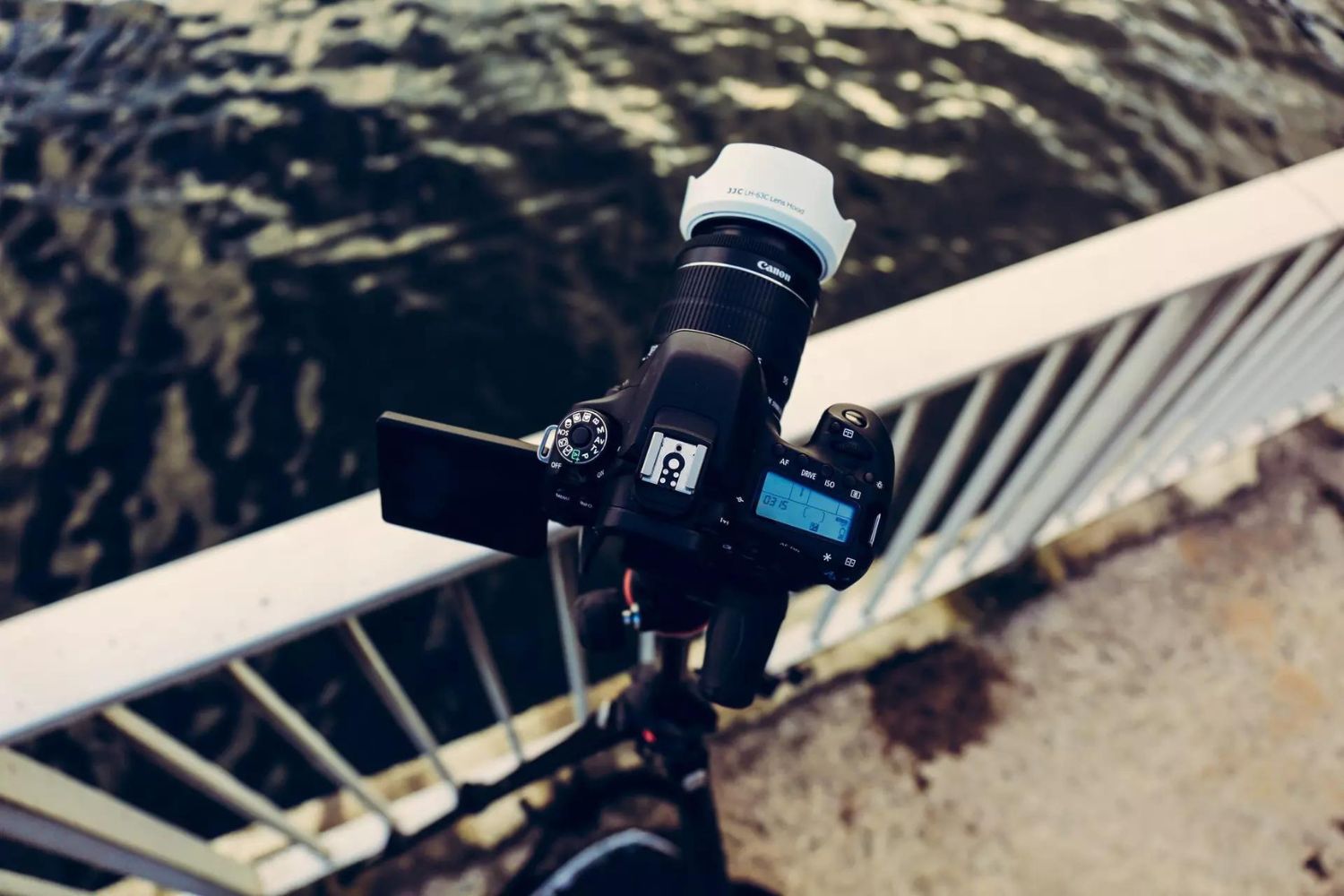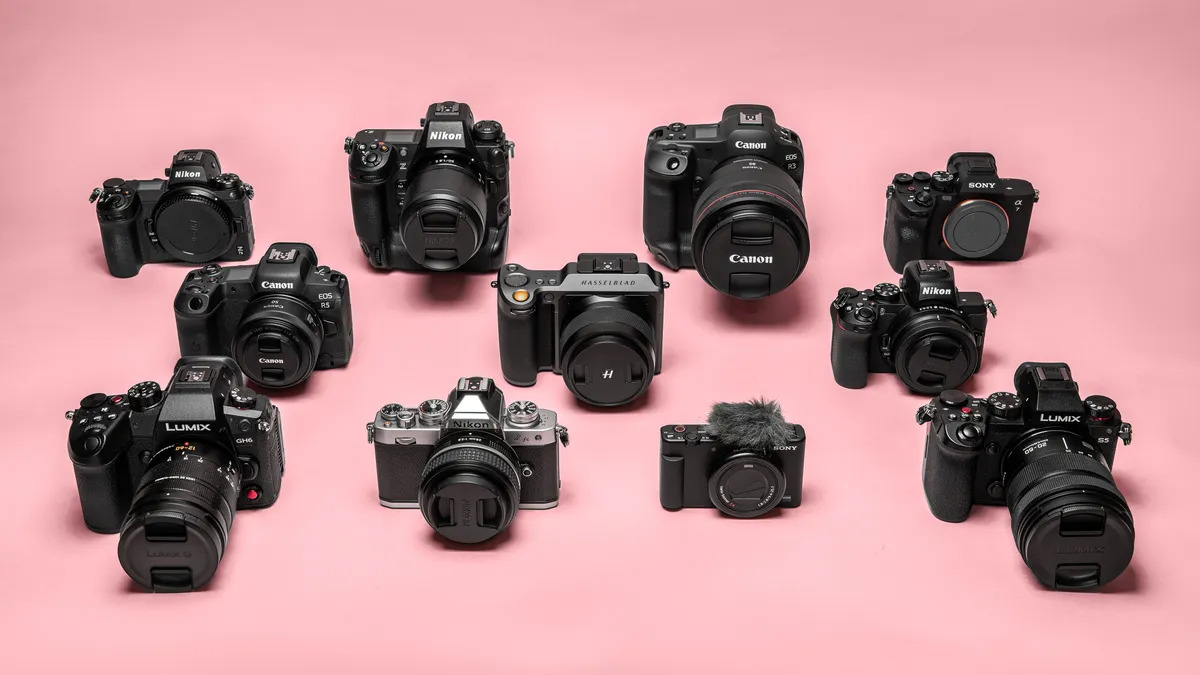Introduction
Are you ready to take your photography to the next level with a DSLR camera? One of the essential components you'll need to consider is the type of SD card to use. Whether you're a professional photographer or an enthusiastic hobbyist, the right SD card can significantly impact your shooting experience. In this comprehensive guide, we'll delve into the various types of SD cards available for DSLR cameras, explore speed class ratings, discuss capacity considerations, and ultimately help you choose the perfect SD card for your specific needs.
As you embark on your journey to capture stunning images and record high-quality videos, understanding the intricacies of SD cards is crucial. From the physical dimensions of the card to its storage capacity and data transfer speeds, each aspect plays a vital role in optimizing your camera's performance. By the end of this guide, you'll be equipped with the knowledge to make an informed decision and select an SD card that complements your DSLR camera seamlessly.
So, let's dive into the world of SD cards and unravel the nuances of choosing the perfect one for your DSLR camera. Whether you're gearing up for a professional photoshoot or planning to document life's precious moments, the SD card you select can make all the difference in capturing and preserving your memories with unparalleled clarity and reliability.
Understanding SD Card Types
When it comes to selecting an SD card for your DSLR camera, understanding the different types available is essential. SD cards are categorized based on their physical size and storage capacity. The three primary types are Standard SD, SDHC (Secure Digital High Capacity), and SDXC (Secure Digital eXtended Capacity).
Standard SD: This is the original type of SD card, with a storage capacity of up to 2GB. While it is becoming less common due to its limited capacity, some older DSLR cameras may still be compatible with this type of card.
SDHC (Secure Digital High Capacity): SDHC cards have a storage capacity ranging from 4GB to 32GB. They are widely compatible with many DSLR cameras and are suitable for capturing high-resolution photos and Full HD videos.
SDXC (Secure Digital eXtended Capacity): SDXC cards offer storage capacities starting from 64GB and exceeding 2TB. These cards are ideal for professional photographers and videographers who require ample storage space for RAW image files, 4K videos, and other large media files.
It’s important to note that while SDHC and SDXC cards may look identical to standard SD cards, not all DSLR cameras are compatible with the higher-capacity versions. Before purchasing an SD card, always check your camera’s specifications to ensure compatibility with the specific type and capacity of the card.
Understanding the differences between these SD card types empowers you to make an informed decision based on your DSLR camera’s requirements and your photography or videography needs. Now that you have a grasp of the SD card types available, let’s delve into the crucial aspect of speed class ratings.
Speed Class Ratings
When it comes to capturing and recording high-quality content with your DSLR camera, the speed class rating of an SD card is a critical factor to consider. Speed class ratings determine the minimum sustained write speed necessary for capturing and recording video content without dropouts or stuttering. The most common speed class ratings for SD cards are Class 2, Class 4, Class 6, Class 10, UHS Speed Class 1 (U1), and UHS Speed Class 3 (U3).
Class 2: This speed class offers a minimum sustained write speed of 2MB/s, suitable for standard-definition video recording and basic photography.
Class 4: With a minimum sustained write speed of 4MB/s, Class 4 SD cards are suitable for capturing standard-definition videos and general photography.
Class 6: SD cards with a Class 6 rating provide a minimum sustained write speed of 6MB/s, making them suitable for high-definition video recording and continuous still image shooting.
Class 10: Offering a minimum sustained write speed of 10MB/s, Class 10 SD cards are ideal for Full HD video recording, burst-mode photography, and high-resolution image capture.
UHS Speed Class 1 (U1): UHS Speed Class 1 SD cards guarantee a minimum sustained write speed of 10MB/s, making them suitable for Full HD video recording and real-time broadcasts.
UHS Speed Class 3 (U3): With a minimum sustained write speed of 30MB/s, UHS Speed Class 3 SD cards are designed for 4K video recording, high-speed continuous shooting, and professional-quality content creation.
Understanding the speed class ratings is crucial for ensuring that your SD card can keep up with the demands of your DSLR camera, especially when capturing high-definition videos and rapid sequences of still images. When selecting an SD card, consider the speed class rating that aligns with your intended usage to optimize the performance of your DSLR camera.
Capacity Considerations
When choosing an SD card for your DSLR camera, carefully considering the storage capacity is paramount. The capacity of an SD card determines how many photos, videos, and other media files you can store before needing to offload them onto a computer or external storage device. The storage capacity of SD cards typically ranges from a few gigabytes to several terabytes, catering to a diverse array of photography and videography needs.
For casual photographers or those capturing images in standard resolution, a lower-capacity SD card, such as 16GB or 32GB, may suffice. However, for professional photographers, videographers, and enthusiasts working with high-resolution images, 4K videos, or RAW files, higher-capacity SD cards, such as 64GB, 128GB, or even 256GB, are often preferred to accommodate the larger file sizes.
It’s important to strike a balance between having ample storage space and the practicality of managing multiple smaller-capacity cards. Consider the following factors when evaluating the capacity of an SD card:
- The resolution and file format of your photos and videos
- The duration and frequency of your shooting sessions
- The convenience of managing and organizing multiple SD cards
- The compatibility of higher-capacity SD cards with your DSLR camera
By assessing these factors, you can determine the optimal storage capacity that aligns with your shooting style, workflow, and the technical capabilities of your DSLR camera. Additionally, as the file sizes of high-resolution content continue to increase, investing in higher-capacity SD cards can future-proof your storage solution and provide flexibility for your evolving creative endeavors.
Choosing the Right SD Card for Your DSLR Camera
Now that you have gained insight into the various aspects of SD cards, including their types, speed class ratings, and capacity considerations, it’s time to make an informed decision when selecting an SD card for your DSLR camera. To ensure compatibility, optimal performance, and a seamless shooting experience, consider the following factors:
1. DSLR Camera Specifications
Review your DSLR camera’s manual or specifications to determine the types of SD cards it supports, as well as any recommended speed class ratings and maximum capacity limits. Some cameras may be compatible with SDHC cards, while others may require SDXC cards for expanded storage options.
2. Usage Requirements
Assess your photography and videography needs to gauge the appropriate speed class rating and storage capacity for your SD card. If you frequently capture high-definition videos, opt for a card with a higher speed class rating to ensure smooth recording and playback.
3. Future-Proofing
Consider investing in higher-capacity and higher-speed SD cards if you anticipate expanding your creative pursuits or working with increasingly demanding media formats in the future. Future-proofing your SD card collection can save you from frequent upgrades as your content creation evolves.
4. Brand and Reliability
Choose reputable and reliable brands when purchasing SD cards to minimize the risk of data corruption, file errors, or card malfunctions. Established brands often offer warranties and robust technical support, providing peace of mind when relying on their products for critical photography and videography projects.
5. Budget Considerations
While it’s tempting to prioritize cost-effective options, remember that the reliability and performance of an SD card are paramount. Striking a balance between affordability and quality ensures that you acquire a card that meets your expectations without compromising on essential features.
By carefully evaluating these factors, you can confidently select the right SD card that aligns with your DSLR camera’s specifications, your shooting requirements, and your long-term creative aspirations. Whether you’re embarking on a professional photoshoot, capturing cherished family moments, or exploring the boundless realms of visual storytelling, the perfect SD card will serve as a steadfast companion, empowering you to unleash your creativity with unparalleled precision and reliability.







